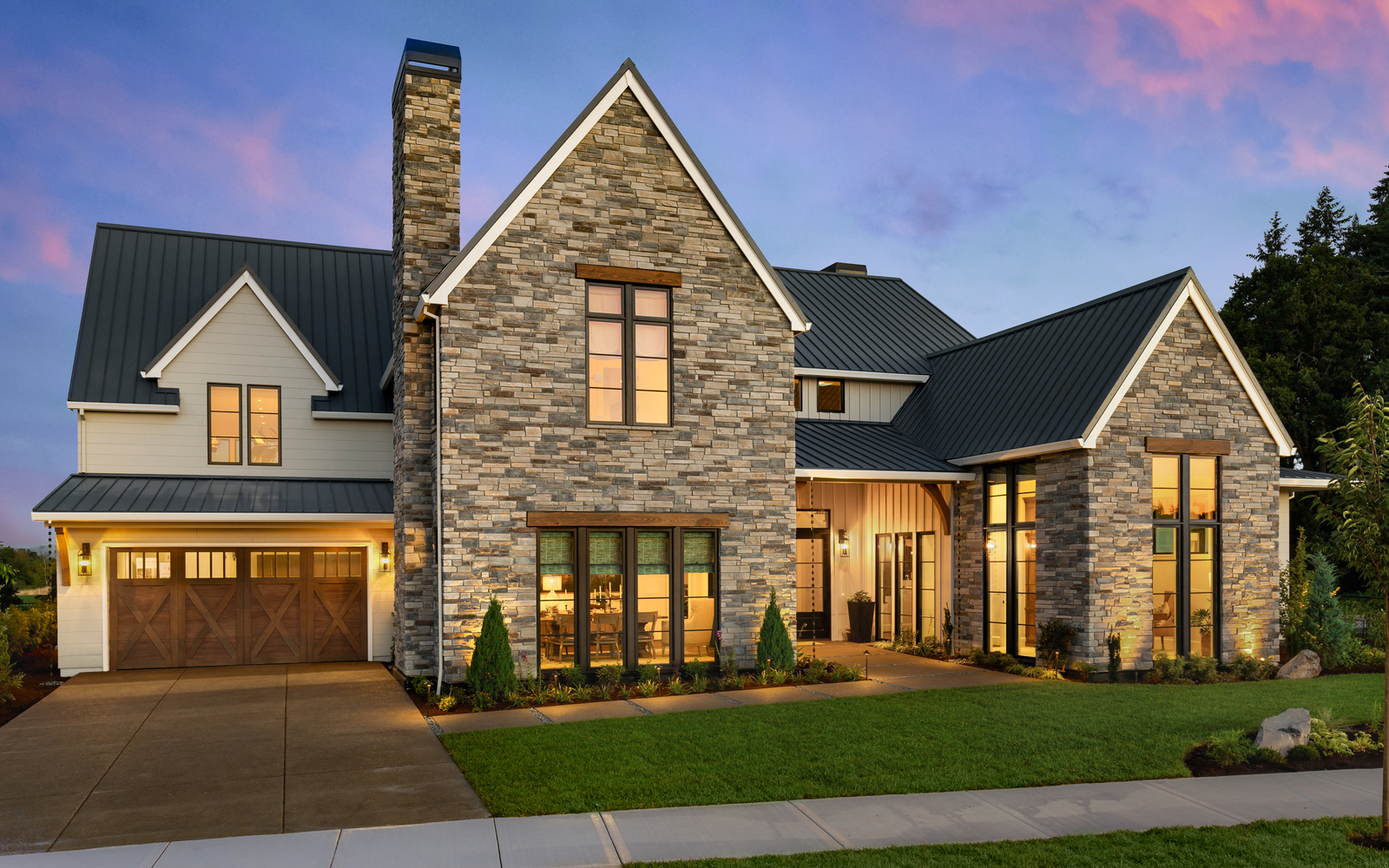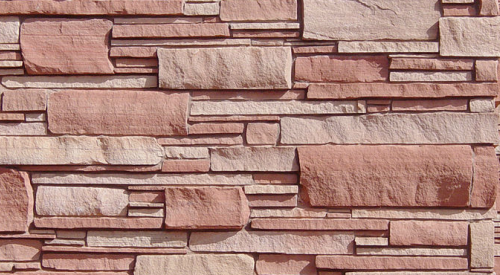As the Director of Technical and Training for Westlake Royal Stone Solutions, which includes brands such as Cultured Stone, Jeff Tew is an invaluable thought leader and resource for trade professionals. With more than 25 years of career experience, he works with masons, builders, architects and others in the construction industry to help design and build beautiful projects.
What building codes and standards deal with manufactured stone veneer?
When preparing to install manufactured stone veneer, or MSV, the most important consideration is to thoroughly familiarize yourself with information on ASTM-C1670 and the official NCMA-MSV Installation Guide*, which is available at NCMA.org and includes instructions, best practices and building code requirements.
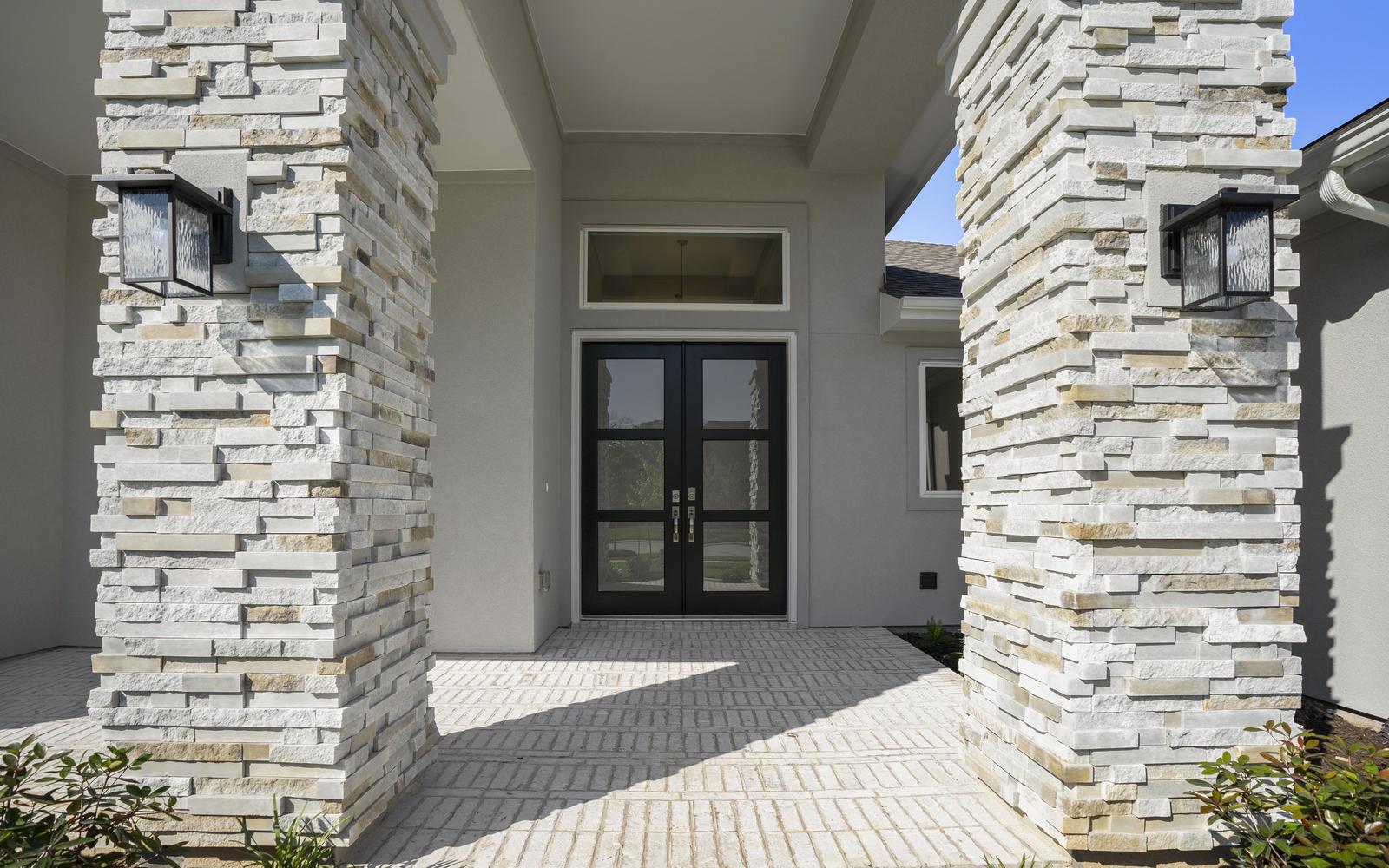
What is the best way to prep the wall for MSV application?
In addition to completing a thorough wall review before you begin installation, I recommend building a mock panel to give everyone an opportunity to evaluate stone spacing and color distribution, along with mortar color and joint type before you begin. Once you get on the wall, water management is your top priority. Include flashing at all terminations, transitions and penetrations, and don’t be surprised if you need to inspect the work done by someone else on the team to ensure proper flashing has been executed.
The scratch coat is the base for your stone veneer installation and the method used to transfer the cladding weight to the structural substrate, which makes it the first essential element to get right once you’ve confirmed that the flashing is complete. Apply a ½” scratch coat to the lath so that the lath is fully embedded to minimize corrosion and give the stone a firm base to bond to. Once the mortar begins to set, use a scarifier or notched trowel to create horizontal lines in the scratch coat, then give the scratch coat time to fully cure.
A fully cured scratch coat provides better opportunity for mechanical bond in addition to chemical bond.
What are a few best practices for achieving bond?
Common causes for bond failure include improper mortar selection and improper mixing. Some less expensive mortars are in high sand or other materials that decrease performance. Once you’ve selected the right mortar, follow the mortar manufacturer’s instructions for water amounts, mix time, slake time, consistency guidance and other tips. These recommendations may vary based on conventional mortar versus modified mortar.
Don’t sacrifice a good bond because you didn’t account for a thirsty scratch coat or stone. When using Type S or Type N mortar, use a garden sprayer, misting sprayer or garden hose to wet both the scratch coat and stones prior to installing. Both stone and scratch coat should be fully hydrated but free of standing surface water at the time of installation. This may differ if you’re using polymer modified mortar, so be sure to contact the modified mortar manufacturer for recommendations on scratch coat and stone hydration.

What might cause bond issues?
Anything left on the back of the stone or scratch coat may cause bond issues, including dirt that has been splashed up during a rainy day. Be sure to clean the scratch coat with a brush and water multiple times a day to reduce risk. Try to time your installation to fall after interior drywall and roofing materials have been installed, if possible. The vibration and weight of those installations may cause lumber compressions or structural movement, which can compromise bonds and lead to more risk of cracking.
And always go with the setting bed technique. MSV relies on 100% mortar coverage and bond between the units and scratch coat, so don’t use methods like the “perimeter,” “donut” or “spot” techniques. Rather, firmly apply a thin layer of mortar to fill stone voids, then apply a heavier back butter setting bed mortar. While that ½” to ¾” setting bed mortar is wet, press and work the unit onto the prepared backing with enough pressure to force the mortar to squeeze out around the entire perimeter of the unit.
When setting the stones, you should maintain consistent joint spacing to achieve your selected joint style. Because you covered the entire back of each unit with ½" to ¾" of mortar and firmly pressed it to the scratch coat, you will have excess squeeze out. Before the excess setting mortar has time to harden, go back through with a jointing tool and compact the excess mortar far enough back so that it doesn’t interfere with your grout joint.
Take special care not to disturb the bond of the stone. A broken bond at this point will require the stone to be reset.
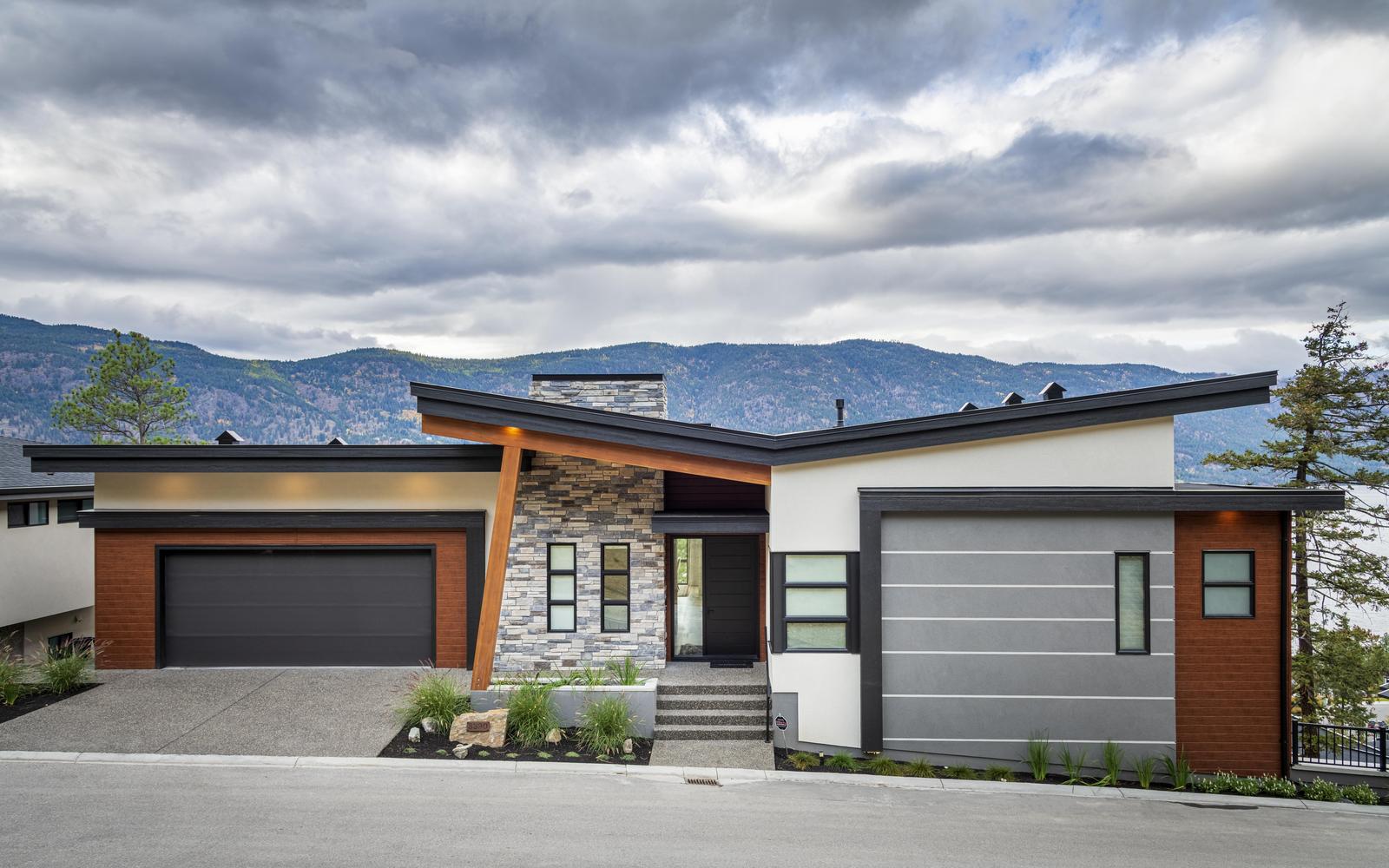
How can you achieve a realistic appearance?
One of the most important considerations when working with MSV is to ensure that the final installation looks as authentic as possible. Initial product selection makes a big difference here, which is why you should always put in the time to review multiple samples from your local dealer, but there are also a few elements to keep in mind as you work on the wall.
One factor that makes a big difference is your approach to cutting and then how you go about covering those cuts. With most manufactured stone textures, a saw cut really sticks out. Start by selecting a thinner stone for the cut, apply mortar to the cut edge to conceal the aggregate, and place it on the wall next to a thicker stone. Use nippers or a brick hammer to provide a more natural cut edge and make the cut less noticeable. When possible, point the cut and covered edges away from walkways, porches, etc.
Another common mistake is to make unintentional but critical errors when it comes to blending your material. Rather than applying MSV one box at a time, you should always work from multiple boxes. For flats and corners, lay out enough material (approx. 40 sq. ft.) to represent all colors, textures, and sizes, and be sure to check your material against a mock-up sample board or mortar board. Choose stones from your laid-out material to achieve an even mix of sizes, colors and degree of texture.
Finally, work to avoid joint alignment on corner installations. Whenever possible, alternate between long and short legs as you work up the corner. You can create more corner sizes by cutting pre-made long or short legs, which provides more options to blend into the corner and avoids the risk of a “zipper” appearance.
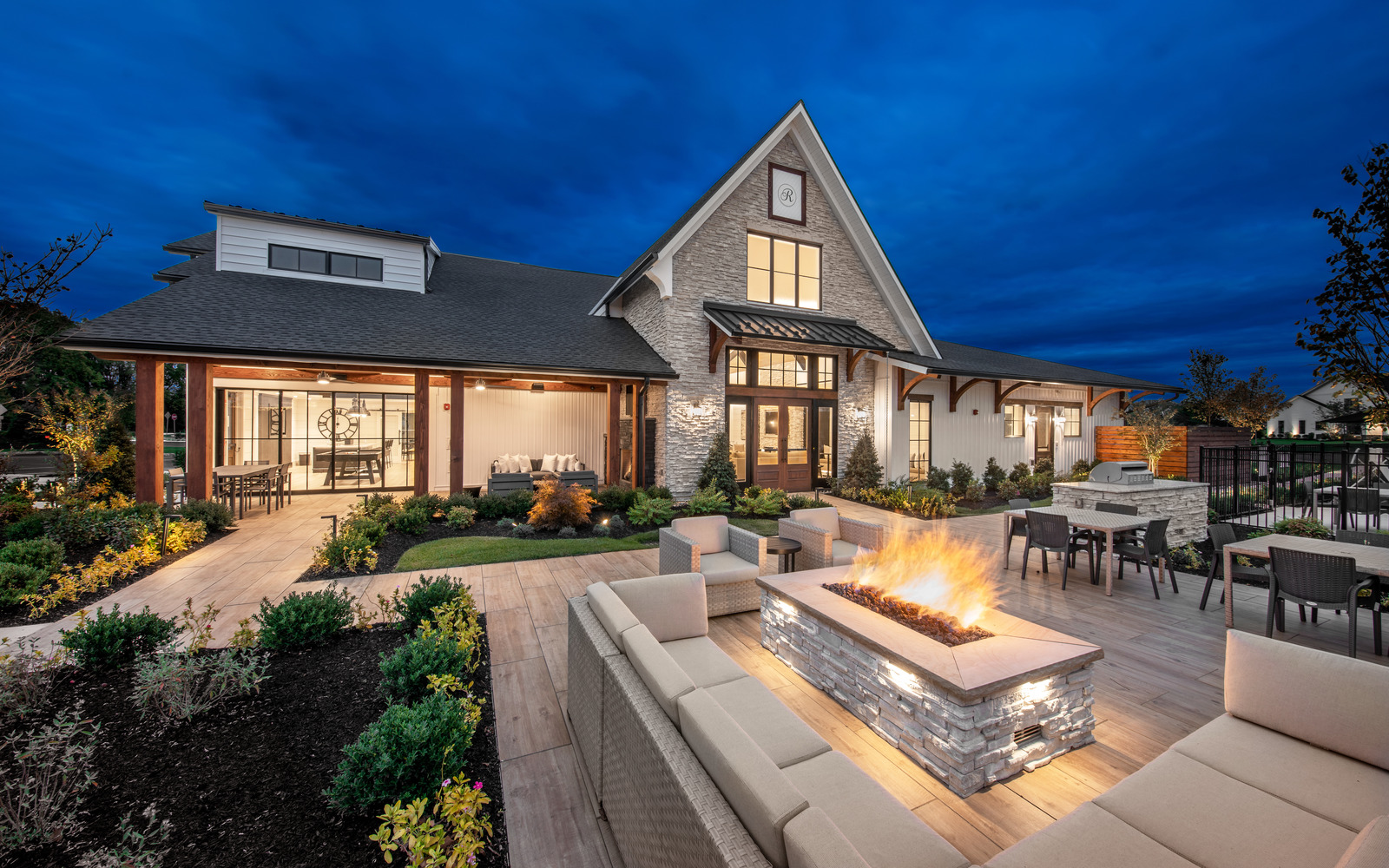
Do you have any tips for grouting and finishing joints?
There are many grout options—standard joint, full joint, overgrout joint or tight-fit/drystack joint—available when applying MSV, and your grout selection will have a big impact on the overall look of each and every project. Regardless of which technique you choose, make sure the stone units are sufficiently cured before you begin grouting so you don’t disturb the bond when bagging or tooling.
Here are some of my general grouting tips:
- Only grout as much as you can manage at one time.
- Selection of joint tool and timing of tooling will affect surface appearance of joint. Joints can be tooled with a stick, striker, jointer or other blunt masonry instruments.
- Overgrout joints can be tooled (somewhat) earlier than raked joints.
- Tooling joints should be done once mortar has become thumbprint hard. Don’t allow joints to fully harden. Mortar should be pliable and crumbly; not too wet and not too dry.
- Using a grout bag is much easier than hand “tucking” joints.
- A plastic grout bag can work into tight gaps between stones easier than a canvas bag.
- Modified mortars are not recommended for joints. Modified mortar manufacturers typically offer a separate mortar for grouting.
Assuming that all goes well throughout the installation process, all that’s left at this point is to clean the project site as thoroughly as possible.
Where can I find additional resources for my team?
To view brief, in-depth technical videos with more installation best practices, as well as to download the official NCMA-MSV Installation Guide and the Westlake Royal Stone Solutions supplemental guide, visit https://elevatewithstone.com/technical/.
*In the event of any conflict or inconsistency between the tips, recommendations and installation techniques set forth in this article with the NCMA-MSV Installation Guide and any local code requirements, the NCMA-MSV Installation Guide and local code shall prevail. The tips and recommendations provided here are meant to improve the aesthetics and efficiency of the installation and do not replace required practices as defined in the NCMA-MSV Installation Guide. This article does not, is not intended to, and shall not be construed to create or establish any additional product warranties including, but not limited to, any with respect to Westlake Royal Stone Solutions products referenced herein.
About Cultured Stone
Driven by a pioneering spirit, Cultured Stone introduced the world’s first manufactured stone veneer, making it possible to feature the authentic hues and natural textures of stone and brick in any environment. Nearly 60 years later, Cultured Stone continues to lead the industry creating the finest stone products for empowering the artist within and bringing incomparable designs to reality. For more information on Cultured Stone’s catalog of products, visit CulturedStone.com.
